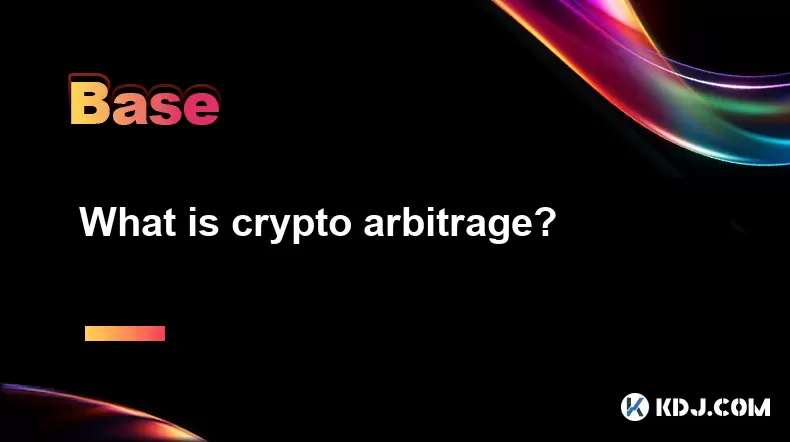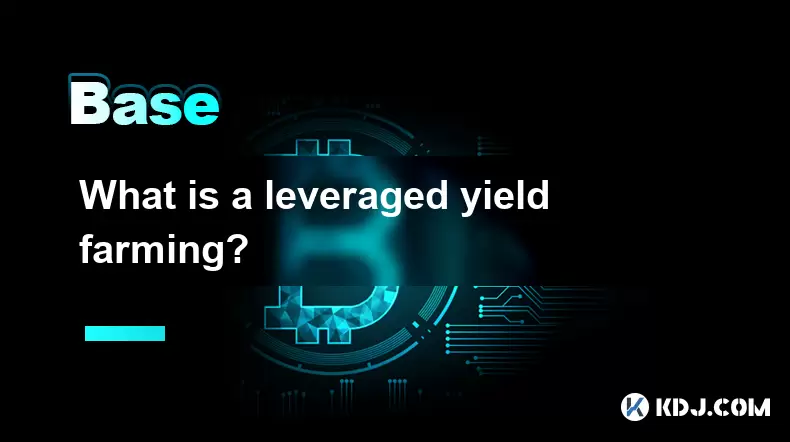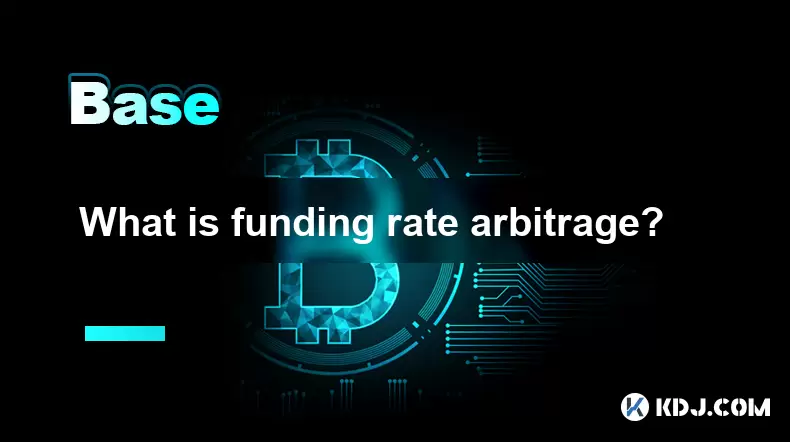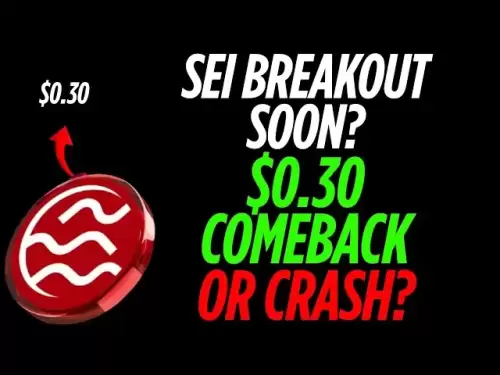-
 Bitcoin
Bitcoin $109,583.2239
0.19% -
 Ethereum
Ethereum $2,583.4612
0.48% -
 Tether USDt
Tether USDt $1.0003
-0.04% -
 XRP
XRP $2.2681
0.70% -
 BNB
BNB $659.9218
-0.52% -
 Solana
Solana $151.4961
-0.37% -
 USDC
USDC $0.9999
-0.02% -
 TRON
TRON $0.2861
1.20% -
 Dogecoin
Dogecoin $0.1718
0.04% -
 Cardano
Cardano $0.5960
-0.07% -
 Hyperliquid
Hyperliquid $40.1233
2.85% -
 Sui
Sui $2.9974
2.48% -
 Bitcoin Cash
Bitcoin Cash $497.1279
-1.76% -
 Chainlink
Chainlink $13.7275
-0.22% -
 UNUS SED LEO
UNUS SED LEO $9.0241
0.70% -
 Avalanche
Avalanche $18.5536
-0.88% -
 Stellar
Stellar $0.2421
1.39% -
 Toncoin
Toncoin $2.8593
-0.51% -
 Shiba Inu
Shiba Inu $0.0...01187
-0.07% -
 Litecoin
Litecoin $90.0023
2.90% -
 Hedera
Hedera $0.1590
2.79% -
 Monero
Monero $322.1495
0.00% -
 Polkadot
Polkadot $3.5453
-1.00% -
 Dai
Dai $1.0000
-0.01% -
 Bitget Token
Bitget Token $4.5733
-1.06% -
 Ethena USDe
Ethena USDe $1.0002
-0.01% -
 Uniswap
Uniswap $7.6345
3.03% -
 Aave
Aave $279.2583
0.47% -
 Pepe
Pepe $0.0...01003
-1.52% -
 Pi
Pi $0.4941
-0.32%
What is crypto arbitrage?
Crypto arbitrage exploits price differences across exchanges for profit, relying on speed and automation to capitalize on fleeting opportunities.
Jul 04, 2025 at 07:21 am

Understanding the Basics of Crypto Arbitrage
Crypto arbitrage refers to the practice of exploiting price differences of the same cryptocurrency across different exchanges to make a profit. This strategy relies on the fact that digital assets often trade at varying prices on various platforms due to market inefficiencies, liquidity differences, and regional demand variations. For instance, Bitcoin (BTC) may be priced higher on one exchange compared to another at a given moment. Traders who engage in crypto arbitrage buy the asset where it's cheaper and sell it where it's more expensive.
The core principle behind this trading method is timing and execution speed. Since markets are generally efficient, these price discrepancies tend to disappear quickly once they're identified. Therefore, successful crypto arbitrageurs must act swiftly, often using automated bots or scripts to detect and execute trades before the opportunity vanishes.
Types of Crypto Arbitrage Strategies
There are several types of crypto arbitrage strategies, each with its own level of complexity and risk. One of the most common is spatial arbitrage, which involves buying a cryptocurrency on one exchange and selling it on another where the price is higher. Another variant is triangular arbitrage, which takes place within a single exchange by cycling through three different currency pairs to generate profit.
Statistical arbitrage is another advanced method that uses algorithms to analyze historical price data and identify patterns. This form of arbitrage typically requires a strong understanding of quantitative analysis and programming. Additionally, cross-exchange arbitrage focuses on taking advantage of price differences between centralized and decentralized exchanges, which can sometimes have significant disparities due to varying user bases and network congestion.
How to Execute a Basic Crypto Arbitrage Trade
Executing a basic crypto arbitrage trade involves several critical steps. First, you need to monitor multiple exchanges simultaneously to spot price discrepancies. This can be done manually or with the help of arbitrage detection tools and APIs. Once a discrepancy is found, you should verify the fees associated with both buying and selling on the respective exchanges to ensure profitability after transaction costs.
Next, you must have accounts set up on the involved exchanges and maintain sufficient balances in the relevant cryptocurrencies or fiat currencies. Then, execute the buy order on the lower-priced exchange and immediately place a sell order on the higher-priced exchange. Timing is crucial here; delays in execution can result in missed opportunities or even losses if the price converges unfavorably.
- Ensure fast internet connectivity
- Use reliable and low-latency trading platforms
- Pre-authorize withdrawal and deposit methods
- Monitor blockchain confirmation times for transfers
Challenges and Risks Involved in Crypto Arbitrage
Despite its potential for profit, crypto arbitrage comes with several risks and challenges. One major issue is transaction fees, which can eat into profits or even cause losses if not calculated accurately beforehand. Transfer times between exchanges also pose a risk, especially when moving assets across blockchains that have longer confirmation periods.
Market volatility is another concern. Prices can change rapidly, and what appears to be an arbitrage opportunity may vanish before the trade is completed. Moreover, some exchanges impose withdrawal limits or trading restrictions, making it difficult to move large amounts of capital quickly. Regulatory uncertainty in different jurisdictions adds another layer of complexity, potentially affecting cross-border arbitrage operations.
Tools and Technologies Used in Crypto Arbitrage
To succeed in crypto arbitrage, traders rely on specialized tools and technologies. These include API integrations with multiple exchanges, allowing real-time monitoring of price differences. Many traders use custom-built bots written in languages like Python or JavaScript, which automatically execute trades when certain conditions are met.
Popular platforms for building arbitrage bots include Binance API, Kraken API, and KuCoin API, among others. There are also ready-made solutions available such as Hummingbot and Gekko, which offer pre-configured arbitrage strategies. These tools often come with features like backtesting, live monitoring, and risk management modules to enhance performance and reduce exposure to errors.
Frequently Asked Questions About Crypto Arbitrage
What are the minimum requirements to start crypto arbitrage?
To begin, you'll need accounts on at least two exchanges, verified identities, and funds deposited in both places. It's also beneficial to have access to arbitrage detection software or coding knowledge to automate the process.
Can I perform crypto arbitrage without automation?
Yes, but manual arbitrage is significantly slower and less efficient. By the time you spot a price difference and execute a trade, the opportunity may no longer exist. Automation increases your chances of success.
Is crypto arbitrage legal?
Yes, crypto arbitrage is legal in most jurisdictions. However, it's important to comply with local regulations regarding cryptocurrency trading, taxation, and fund transfers.
Does crypto arbitrage work with all cryptocurrencies?
While it's possible with any tradable digital asset, arbitrage opportunities are more common with high-volume coins like Bitcoin, Ethereum, and Binance Coin. Low-cap or illiquid tokens may lack sufficient volume to execute profitable trades efficiently.
Disclaimer:info@kdj.com
The information provided is not trading advice. kdj.com does not assume any responsibility for any investments made based on the information provided in this article. Cryptocurrencies are highly volatile and it is highly recommended that you invest with caution after thorough research!
If you believe that the content used on this website infringes your copyright, please contact us immediately (info@kdj.com) and we will delete it promptly.
- BONK Price Prediction: Meme Coin Mania and What's Next?
- 2025-07-04 12:30:13
- NYAG, Stablecoins, and FDIC Protections: Navigating the Regulatory Maze
- 2025-07-04 13:10:15
- Level Up Your DeFi Game: Phantom Wallet and the Ultimate DeFi Experience
- 2025-07-04 13:10:15
- Bitcoin Surge: Breaking Down the $109,000 Barrier and the Road to $165,000?
- 2025-07-04 12:30:13
- Solana ETF Inflows & Snorter Token: A New Era for Meme Coin Trading?
- 2025-07-04 12:50:12
- Ripple, Stablecoin, and First Bank: Decoding the Latest Moves in Crypto
- 2025-07-04 12:50:12
Related knowledge

What is a user-generated content (UGC) NFT platform?
Jul 04,2025 at 01:49pm
Understanding the Concept of a UGC NFT PlatformA user-generated content (UGC) NFT platform is a digital marketplace or ecosystem where users can create, mint, and trade non-fungible tokens (NFTs) that represent ownership of original digital content they produce. Unlike traditional NFT platforms where creators often include professional artists or develo...

What is a token generation event (TGE)?
Jul 04,2025 at 07:14am
Understanding the Basics of a Token Generation Event (TGE)A Token Generation Event (TGE) refers to the process through which a blockchain project creates and distributes its native tokens to investors, participants, or stakeholders. This event is often associated with new cryptocurrency projects launching on platforms like Ethereum, Binance Smart Chain,...

What is a block explorer API?
Jul 04,2025 at 05:07am
Understanding the Role of a Block Explorer APIA block explorer API is a crucial interface that enables developers and users to interact programmatically with blockchain data. Unlike traditional APIs used in web services, a block explorer API specifically provides access to blockchain-related information such as transaction details, wallet balances, bloc...

What is a leveraged yield farming?
Jul 04,2025 at 09:36am
Understanding Leveraged Yield FarmingLeveraged yield farming is a more advanced form of yield farming, which itself is a popular method in the decentralized finance (DeFi) ecosystem to earn returns by providing liquidity to various protocols. In traditional yield farming, users deposit tokens into a DeFi platform and earn rewards in return, often in the...

What is open interest in derivatives?
Jul 03,2025 at 02:49pm
Understanding Open Interest in DerivativesOpen interest is a critical metric used in the cryptocurrency derivatives market, particularly when analyzing futures and options contracts. It represents the total number of outstanding contracts that have not been settled or closed by either party involved. Unlike trading volume, which counts all trades made i...

What is funding rate arbitrage?
Jul 04,2025 at 11:43am
Understanding Funding Rate Arbitrage in the Cryptocurrency MarketFunding rate arbitrage is a trading strategy employed by crypto traders to exploit differences in funding rates across various perpetual futures exchanges. In perpetual contracts, funding rates are periodic payments made between long and short traders depending on whether the price of the ...

What is a user-generated content (UGC) NFT platform?
Jul 04,2025 at 01:49pm
Understanding the Concept of a UGC NFT PlatformA user-generated content (UGC) NFT platform is a digital marketplace or ecosystem where users can create, mint, and trade non-fungible tokens (NFTs) that represent ownership of original digital content they produce. Unlike traditional NFT platforms where creators often include professional artists or develo...

What is a token generation event (TGE)?
Jul 04,2025 at 07:14am
Understanding the Basics of a Token Generation Event (TGE)A Token Generation Event (TGE) refers to the process through which a blockchain project creates and distributes its native tokens to investors, participants, or stakeholders. This event is often associated with new cryptocurrency projects launching on platforms like Ethereum, Binance Smart Chain,...

What is a block explorer API?
Jul 04,2025 at 05:07am
Understanding the Role of a Block Explorer APIA block explorer API is a crucial interface that enables developers and users to interact programmatically with blockchain data. Unlike traditional APIs used in web services, a block explorer API specifically provides access to blockchain-related information such as transaction details, wallet balances, bloc...

What is a leveraged yield farming?
Jul 04,2025 at 09:36am
Understanding Leveraged Yield FarmingLeveraged yield farming is a more advanced form of yield farming, which itself is a popular method in the decentralized finance (DeFi) ecosystem to earn returns by providing liquidity to various protocols. In traditional yield farming, users deposit tokens into a DeFi platform and earn rewards in return, often in the...

What is open interest in derivatives?
Jul 03,2025 at 02:49pm
Understanding Open Interest in DerivativesOpen interest is a critical metric used in the cryptocurrency derivatives market, particularly when analyzing futures and options contracts. It represents the total number of outstanding contracts that have not been settled or closed by either party involved. Unlike trading volume, which counts all trades made i...

What is funding rate arbitrage?
Jul 04,2025 at 11:43am
Understanding Funding Rate Arbitrage in the Cryptocurrency MarketFunding rate arbitrage is a trading strategy employed by crypto traders to exploit differences in funding rates across various perpetual futures exchanges. In perpetual contracts, funding rates are periodic payments made between long and short traders depending on whether the price of the ...
See all articles

























































































